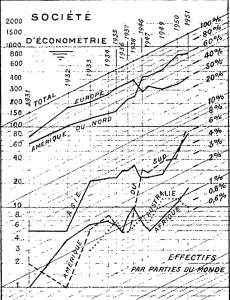
This post is the second of a three-parts serie on the founding of the econometric society. All comments are welcomed.
Ragnar Frisch, with Charles Roos and Irving Fisher, decided to hit hard. In June 1930, they sent out a 5-pages letter to 31 economists from twelve countries, mostly European and American, known as the “June letter” with the intent to go after the big fish. The letter had a dual purpose: 1) to ask for “opinion” and “encouragement”, and 2), to seek for a possibility to broaden the base (Bjerkholt, 2017: 183). The choice was thus to take a horizontal approach, to take the temperature before moving forward. This letter tells us a lot about the context at a time Economics was not yet mathematical.
The recipients of the June letter
Among the 31 recipients, one third were American: Fisher, Roos, T. N. Carver, John B. Clark, his son John M. Clark, Griffith C. Evans, Mordecai Ezekiel, Henry L. Moore, Warren M. Persons, and Henry Schultz, two-thirds were European reflecting the economic spectrum (Bjerkholt, 2017, 178).
Italian weigh particurlarly heavely with economists like Luigi Amoroso, Corrado Gini, Umberto Ricci, Alfonso de Pietri-Tonelli and Gustavo del Vecchio. Except Gini (famous for his index), most of them are now forgotten but as Schumpeter observed, “independently of Pareto, Italian economics attained a high level in a variety of lines and in all applied fields”. (Schumpeter, 1954 : 855 quoted in Bjerkholt, 2017: 180).
Four French economists were included: Jacques Moret, Clément Colson (a leading name at Ecole Polytechnique in France) and his disciples François Divisia and Jacques Rueff. Contrary to the picture, mathematical economics was only taught to a handful of engineers mostly at the Ecole Nationale des Ponts et Chausées where was kept alive the tradition of Cournot and Walras (Bjerkholt, 2017: 180).
Only three English economists were selected but the big one were there : Arthur Bowley from Oxford and the two famous economists from Cambridge A. C. Pigou and John M. Keynes.
Two swedish economists were on the list: Gustav Cassel and Bertil Ohlin, a disciple of Knut Wicksell. At that time Sweden looms large in economics and especially on monetary and macroeconomic issues (Bjerkholt, 2014: 7). Surprisingly, very few from the Vienna Circle (which comprised talented economists and mathematicians) were contacted: only Hans Mayer from Vienna is on the list and Joseph Schumpeter (professor at Bonn at that time) (Bjerkholt, 2014: 7). Finally, the letter was adressed to the Danish statistician Harald Westergaard, the Polish Wlasdislaw Zawasdki, and the Russian Eugen Slutsky.
This diverse group had connections to pioneers like Leon Walras, Alfred Marshall, Pareto, Wicksell and others. This list thus reflects a genuine attempt to bring together all the national economic traditions (France, United States, England, Sweden, Italy…) and to encompass various ways to adress formally economic issues. (Bjerkholt, 2014: 10). It also shows that many young economists (aged less than 40) like Frisch (36), Ross (29), Ezekiel (31), Ohlin (32) and Rueff (35) were included among great figures like John Bates Clarck (84) and Clément Colson (78) without mentionning Keynes or Schumpeter.
A table summarizing the thirty-one economists:
| Name | Picture | University | Country | Description | |
|---|---|---|---|---|---|
| Hans Mayer (1879-1955) | 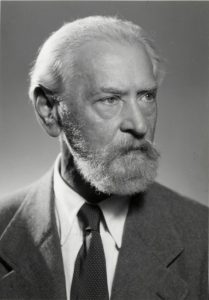 |
University of Vienna | Austria | Austrian economist, known for his work in the Austrian School of economics and price theory. | |
| Harald Westergaard (1853-1936) | 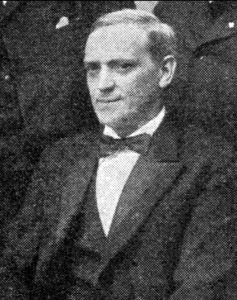 |
University of Copenhagen | Denmark | Danish statistician and economist, known for his work on demographic statistics and life tables. | |
| John M. Keynes (1883-1946) | 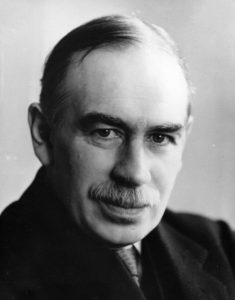 |
University of Cambridge | England | British economist, founder of Keynesian economics, known for his work on macroeconomic theory and policy. | |
| Arthur Cecil Pigou (1877-1959) | 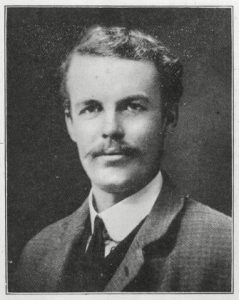 |
University of Cambridge | England | British economist, known for his work on welfare economics and externalities. | |
| A. L. Bowley (1869-1957) | 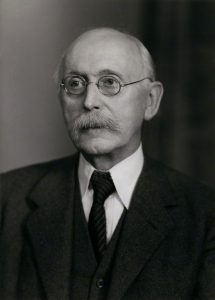 |
London School of Economics | England | English statistician and economist, contributed to the development of statistical methods in economics. | |
| Jacques Rueff (1896-1978) | 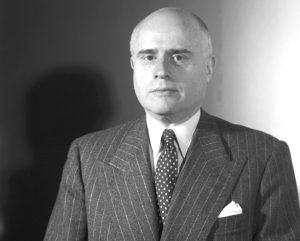 |
Institut de Statistique, Université de Paris | France | French economist, known for his work on monetary policy and international finance. | |
| Clément Colson (1853-1939) | 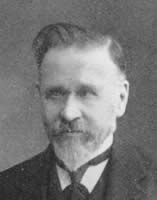 |
École Nationale des Ponts et Chaussées, Paris | France | French engineer and economist, known for his work on public finance and transportation economics. | |
| François Divisia (1889-1964) | 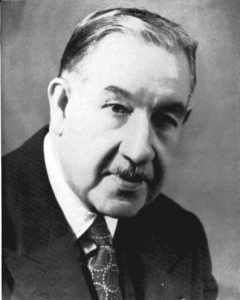 |
École Nationale des Ponts et Chaussées, Paris | France | French economist, known for the Divisia index used in economic measurement. | |
| Jacques Moret | École Nationale des Ponts et Chaussées, Paris | France | French economist and statistician, lesser-known but contributed to economic thought in France. | ||
| Joseph Alois Schumpeter (1883-1950) | 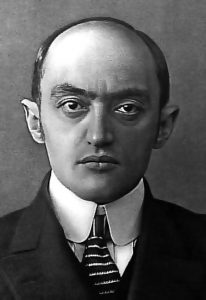 |
University of Bonn | Austria | Austrian economist, known for his work on economic development and the concept of creative destruction. | |
| L. v. Bortkiewicz (1868-1931) | 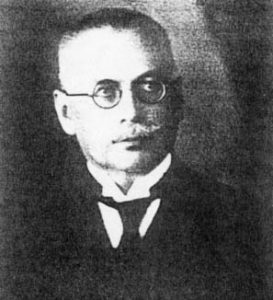 |
University of Berlin | Germany | German statistician and economist, friend of Walras, known for his work on the law of large numbers and the Poisson distribution. | |
| Alfonso de Pietri-Tonelli (1871-1960) | 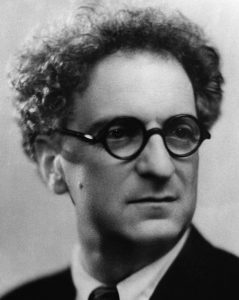 |
University of Venice | Italy | Italian economist and statistician, contributed to the field of mathematical economics. | |
| Luigi Amoroso (1886-1965) |  |
University of Rome | Italy | Italian economist, follower of Pareto, known for his work in mathematical economics. | |
| Corrado Gini (1884-1965) | 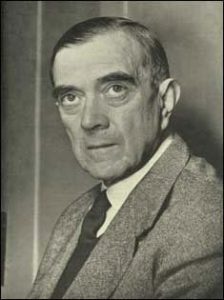 |
University of Rome | Italy | Italian statistician and sociologist, known for the Gini coefficient measuring income inequality. | |
| Umberto Ricci (1879-1946) | 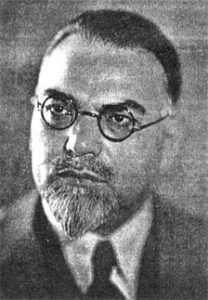 |
University of Rome | Italy | Italian economist, known for his work on economic policy and theory. | |
| Gustavo del Vecchio (1883-1972) | 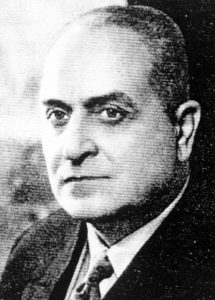 |
R. Università Commerciale, Trieste | Italy | Italian economist, known for his work on monetary theory and policy. | |
| Ragnar Frisch (1895-1973) | 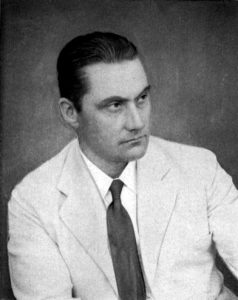 |
Oslo University (pro tem Yale University) | Norway | Norwegian economist, Nobel laureate, known for his work on econometrics and macroeconomic modeling. | |
| Gustav Cassel (1866-1945) | 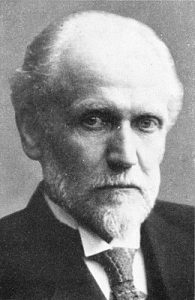 |
Stockholms Högskola | Sweden | Swedish mathematician and economist, known for his theory on general equilibrium and contributions to macroeconomics. | |
| Bertil Ohlin (1899-1979) | 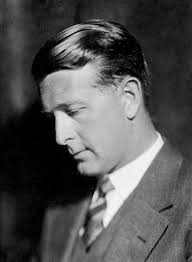 |
Handelshögskolan, Stockholm | Sweden | Swedish economist, Nobel laureate, known for the Heckscher-Ohlin model in international trade theory. | |
| Irving Fisher (1867-1947) | 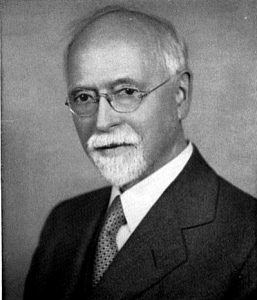 |
Yale University, New Haven, Conn. | U.S.A. | American economist, known for his work on interest rates, the quantity theory of money, and index numbers. | |
| Griffith Conrad Evans (1887-1973) | 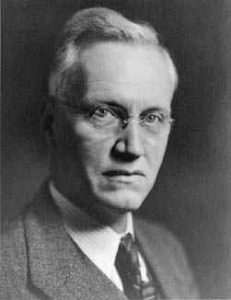 |
Rice Institute, Houston, Texas | U.S.A. | American mathematician and economist, known for his work in functional analysis and economics. | |
| T. N. Carver (1865-1961) |  |
Harvard University, Cambridge | U.S.A | American economist, known for his work on agricultural economics and social reform. | |
| Charles Frederick Roos (1901-1958) | 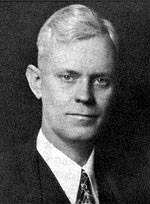 |
Cornell University, Ithaca, New York | U.S.A | American mathematician and economist, known for his work on economic modeling and operations research. | |
| J. M. Clark (1884-1963) | 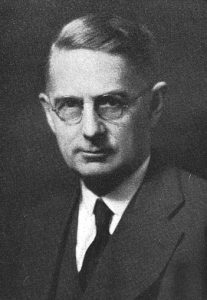 |
Columbia University, New York City | U.S.A | American economist, known for his work on the economics of overhead costs and business cycle theory. | |
| Henry Ludwell Moore (1869-1958) | 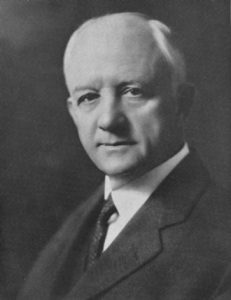 |
Columbia University, New York City | U.S.A | American economist, pioneer in the use of statistical methods in economic research. | |
| Henry Schultz (1893-1938) | 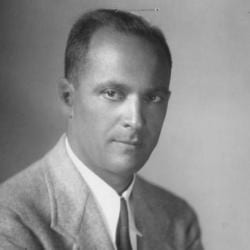 |
Chicago University, Chicago, Illinois | U.S.A | American economist, known for his work on econometrics and statistical demand analysis. | |
| Mordecai Ezekiel (1899-1974) | 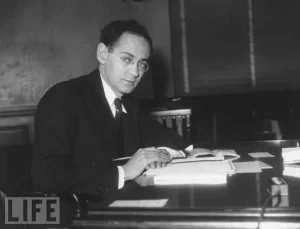 |
University of Minnesota, Minnesota |
U.S.A | American economist, known for his work on agricultural economics and economic forecasting. | |
| John Bates Clark (1847-1938) | 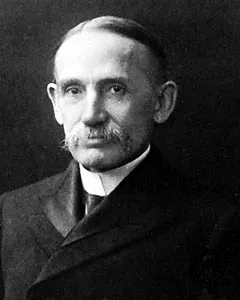 |
Carleton College, Johns Hopkins University, Columbia University | U.S.A | American neoclassical economist, founder of the marginalist revolution in the USA, opponent of the institutionalists. | |
| Warren M. Persons (1878-1937) |  |
University of Wisconsin, Wisconsin | U.S.A | American economist, known for his work on economic cycles and forecasting. | |
| Eugen Slutsky (1880-1948) | 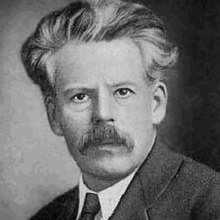 |
Institut fur Konjunkturforschung, Moscow | U.S.S.R | Russian economist and statistician, known for his work on probability theory and consumer choice |
The content of the June letter
The letter, signed by Fisher, Frisch and Roos required 4 conditions for membership which would not appal a Master’s student today:
a) To be familiar “with general economic theory” b) to have “a working knowledge of mathematics as applied to economic theory and statistics”, c) to have “some knowledge of accounting”, and d) to have “published an original contribution to economic theory or to the analysis of such economic statistics or accounting as have a definite bearing on problems in economic theory” (June letter, 1930, quoted in Bjerkhohlt, 2017: 182).
The b) condition was heavely discussed. Divisions emerged between supporters of Frisch’s view of a mathematically based economic science and American institutionalits like Maurice Clark or statisticians like Persons (Bjerkholt, 2017: 183). Even among this selection of economists, the question of the mathematization of economics proved to be not settled (Bjerkholt, 2014: 16).
If the association was not yet known as the “Econometric Society”, the letter suggests to name the journal of the society Oekonommetrika. Divisia prefered that term to “Economic Science” which seemed to him “dangerous” because it “indicate that we want to monopolize economic science and that we are the only ones who represent the true economic science.” (Bjerkholt, 2017: 187).
The June letter was a success. All the economists replied except Pigou and Cassel. Some refused to join the society for health reasons: Moore (known for extending Jevons’ sun spot theory) and the statistician and demograph Westergaard. Though, most of them welcomed the initiative and took part to its development (Bjerkholt, 2017: 183) until the effective founding of the Econometric Society in Cleveland in December 1930.
We’ll see in the next post the challenges faced by the society during the first years of its existence.
References
Bjerkholt, Olav. Econometric sociey 1930: How it got founded. No. 26/2014. Memorandum, 2014.
Bjerkholt, Olav. “On the founding of the Econometric Society.” _Journal of the History of Economic Thought_ 39.2 (2017): 175-198.
Divisia, François. “La Société d’Econométrie a atteint sa majorité.” Econometrica: Journal of the Econometric Society (1953): 1-30.
Christ, Carl F. “The founding of the Econometric Society and Econometrica.” _Econometrica: Journal of the Econometric Society_ (1983): 3-6.
Louçã, Francisco. _The years of high econometrics: A short history of the generation that reinvented economics_. Routledge, 1998.